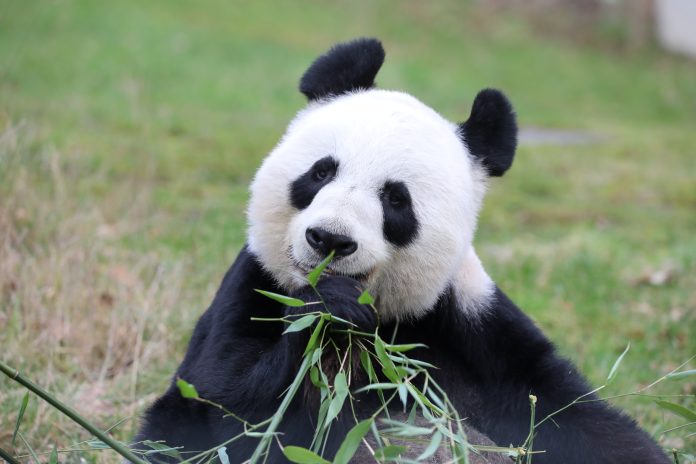Britain’s only giant pandas left for China on Monday after 12 years of unsuccessful attempts to breed in the Scottish capital.
Female Tian Tian (‘Sweetie’) and male Yang Guang (‘Sunshine’) were expected to produce offspring during their stay at Edinburgh Zoo, but the pair failed to conceive. Head of veterinary services at the Royal Zoological Society of Scotland (RZSS), Simon Girling, stated:
“It’s sad that Tian Tian hasn’t bred here. We would obviously really have liked her to have done so, but this is not unusual with giant pandas.”
The pandas were taken to the airport, loaded onto a cargo plane with a pallet of bamboo and sent back to China.
I think we’re all quite sad to see them go. They are two lovely individuals, lovely characters, and we’ve got to know them really well.
After arriving in China, they will undergo quarantine before being returned to a sanctuary in Chengdu, the capital of Sichuan province in south-west China.
They appeared at Edinburgh Zoo in December 2011 as part of a 10-year agreement between the RZSS and the China Wildlife Conservation Association, a deal that was later extended for two years. During their stay in the Scottish capital, the popular pair even had a special tartan created in their honour: black, white and grey to represent their fur and red to symbolise China.
However, it was soon discovered that they had no desire to breed. The zoo and veterinarians from China made eight attempts at artificial insemination between the pair. The giant panda breeding programme was halted in 2021 after Yang Guang received treatment for testicular cancer and was subsequently castrated.
Giant pandas are notoriously difficult to breed in captivity, with the bears losing interest in mating naturally or simply not knowing how to do so. According to the Pandas International Conservation Organisation, female pandas have one heat cycle in spring, during which they are fertile for only 24 to 36 hours.
RZSS Executive Director David Field stated the following:
“We have made a significant contribution to our understanding around giant panda fertility, husbandry and veterinary care – which has been of real benefit to efforts to protect this amazing species in China.”
Attempts to breed pandas in captivity started in China in 1955. In 1963, Ming Ming, the first captive-bred giant panda, was born at the Beijing Zoo.
The habitat of pandas in the wild is the Tibetan Plateau in southwest China.
